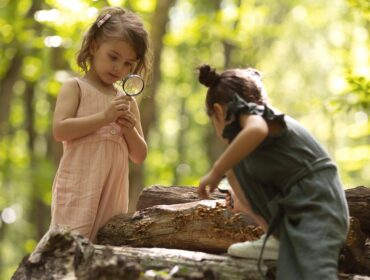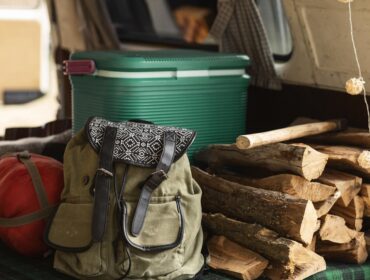Anyone who was born or around in the 1980s surely remembers the Chia Pet, the iconic terracotta planter that came with chia seeds that you would plant inside the animal-shaped planter, and in roughly 2 weeks, the “animal” would grow “fur” in the form of chia sprouts. Perhaps they got their inspiration from the Mary River turtle.
The peculiar Mary River turtle hails from southeast Queensland, Australia, and can be found only in the Mary River. It is the only species in the genus Elusor, the last of a ancient lineage of turtles that are disappearing from Australia’s evolutionary history. It is the second-most endangered freshwater turtle in all of Australia, and one of 25 of the world’s most endangered turtles, listed as critically endangered by the IUCN.
There are some fascinating physical characteristics of the Mary River turtle that set it apart from the rest. As Australia’s largest freshwater turtle species, its carapace, or shell, can grow to be nearly 20 inches across. Like all aquatic turtles, it surfaces to breathe air, but it is also has bursae, a type of gills, in a cloaca opening on its tail, which allow the reptile to absorb oxygen from the water so it doesn’t have to surface — for up to a week at a time!

It has large, webbed feet with claws that enable it to swim deftly through the water, and coupled with its smaller head, this turtle is the fastest swimmer of all the turtle species in the river. But probably the most interesting characteristic of the Mary River turtle is the algae that grows on its body and carapace, making it closely resemble a Chia pet. This algal growth is especially important as a defensive attribute, as it helps to camouflage the turtle in its natural environment, keeping it concealed from predators, whether above the surface of the river or below it.
Although it was wildly popular as a pet from 1970 to 1990, very little is known about the Mary River turtle. In fact, the location of origin was a complete mystery until 1994, when Australian reptile expert John Cann discovered mature turtles on a property along the Mary River, and realized they were the very same turtles that were once sold in pet shops around Queensland.
Sadly, because of that popularity, and other factors such as habitat loss, water degradation, egg predation by animals, and invasive plants that suck oxygen from the water, the Mary River turtle is in very real danger of becoming extinct in the next few decades.
Related articles: 5 Interesting Species of Land Turtles also Celebrating Turtles for World Turtle Day
Featured Image from Rob D the Baker/Shutter Stock




